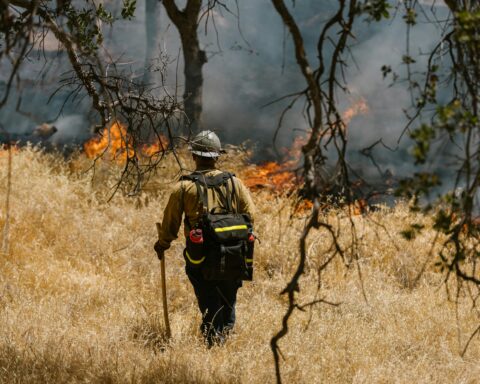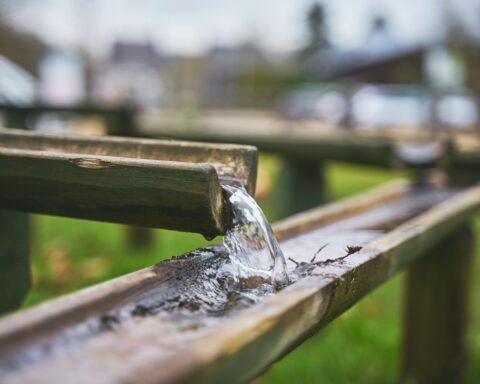In 1971, more than 40 million acres of federal land was promised to native Alaskan communities through the Alaska Native Claims Settlement Act (ANCSA). However, some of that land included facilities that had been used to manage and deliver fuel, generate power, dispose of solid waste and treat wastewater.
“Alaska Native communities rely on the lands they received under ANCSA, but unfortunately, far too many continue to deal with harmful contaminants that remain from the federal government. These contaminated lands are nothing short of an environmental injustice,” Alaska Sen. Lisa Murkowski said recently.
Similar examples of environmental injustices can be found in communities throughout the United States. To address that, the Environmental Protection Agency recently released $2 billion in community change grants designed to help create healthier thriving communities.
Applications are now open for projects that will create clean energy and mitigate the effects of climate change in communities that have been underserved or burdened by pollution.
“This historic, unprecedented funding has the promise to turn disadvantaged and overburdened areas into healthy, resilient, and thriving communities for current and future generations,” EPA Administrator Michael Regan said in a news release.
Eligible applicants include partnerships between community-based organizations (CBOs) or a partnership between a CBO and either a federally recognized tribe, local government or higher education institution.
Examples of how the grant can be used include:
- Mitigating the impacts from urban heat islands, extreme heat, wood heater emissions and wildfires;
- Monitoring, preventing and remediating pollution;
- Investing in low- and zero-emission technology and infrastructure;
- Reducing greenhouse gas emissions and indoor and outdoor air pollution; and
- Engaging disadvantaged communities in state and federal advisory groups, workshops and public processes.
The EPA anticipates awarding around 170 grants. Most applicants selected will receive between $10 million and $20 million, although the EPA anticipates awarding about 20 grants for $1 million-$3 million.
Applications can be submitted through Nov. 21, 2024, giving organizations the time to seek assistance through the EPA and reapply if they were not initially selected.
To ensure funding goes to communities that need the funding the most, the EPA identified five Target Investment Areas that can apply, including recognized Tribes. Applicants in one of those five areas will only compete for funding with other applicants in their group.
The EPA also has an Environmental Justice Screening and Mapping tool that can help applicants determine if an area is considered a disadvantaged community.
Creating community change
Environmental justice has its roots in the 1960s Civil Rights Movement. Its goal is to include all people regardless of race, color, origin or income in the environmental process.
In 2021, President Joe Biden created the Justice40 initiative that aims to allocate 40% of federal funding from new and existing programs, such as the Bipartisan Infrastructure Law, toward disadvantaged communities that have been burdened by pollution.
Funding for the community change grants comes from the 2022 Inflation Reduction Act (IRA), which also created the EPA’s Environmental and Climate Justice (ECJ) Program and set goals to for the largest investment in environmental justice in U.S. history.
The EPA is among several federal agencies that are revamping its programs to adhere to this new goal, and the community change grants are part of its efforts. The ECJ Program also helps this goal by funding financial and technical assistance for related activities.
Of the overall $2 billion, $150 million is earmarked for federally recognized Tribes in Alaska. Earlier this year, the EPA also awarded $20 million to Tribes in Alaska to further clean up land contaminated with substances such as arsenic, asbestos, lead and petroleum.
“I’m so glad to see after years of work, $150 million in additional funding is going to support cleanup on ANCSA lands,” Sen. Murkowski said.
Another $300 million will go to other Tribes throughout the U.S., $50 million will benefit territories, $50 million will go toward disadvantaged unincorporated communities, and $100 million will help U.S.-Mexico border communities.
About $200 million from the IRA will help grant applicants have the resources they need to access funds. Assistance could include designing a project, preparing an application, coordinating a partnership or managing reports on the grants after being selected.
Strategic Partnerships, Inc. can provide information on contract opportunities, plus existing and future government funding. For more information, contact research@spartnerships.com.













